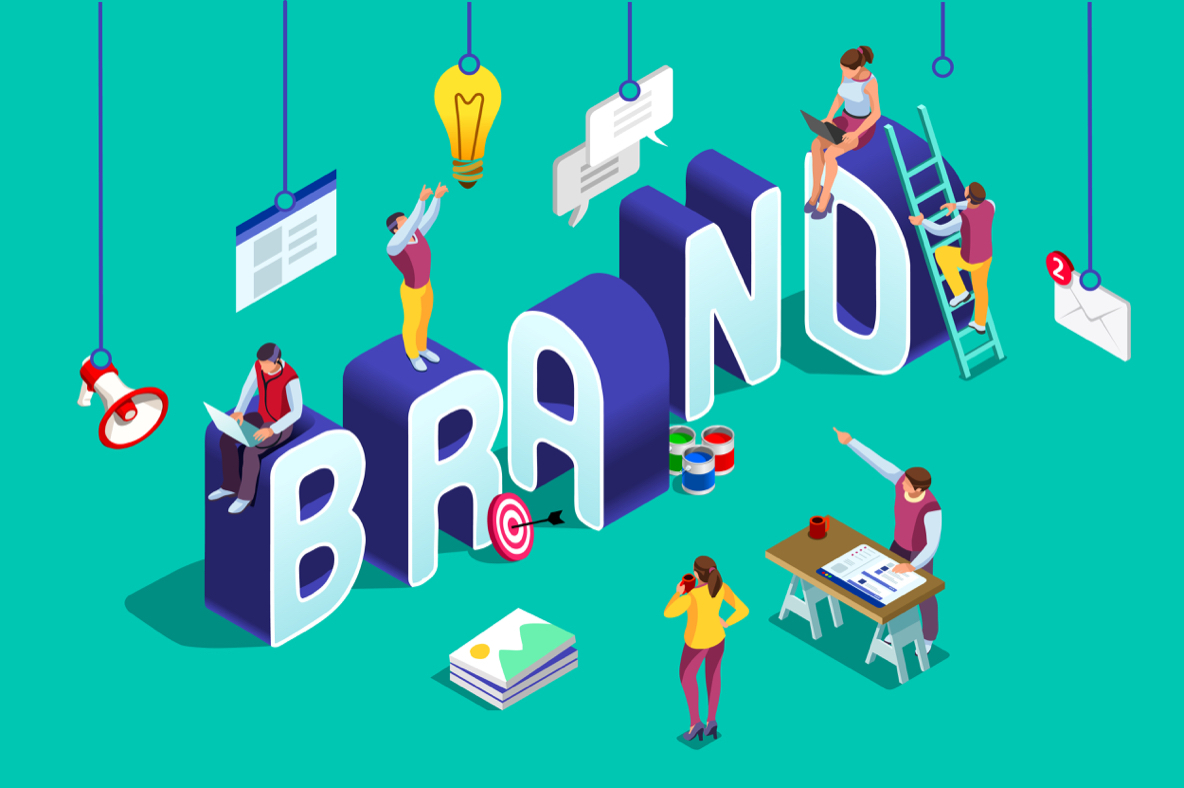
Agile Marketing in Tech: How a Strong Brand Identity Can Drive Adaptability
Agile Marketing refers to a flexible, iterative approach that enables marketing teams to stay ahead of the curve and deliver results in real-time. In today’s competitive and rapidly evolving world, especially in the tech industry, the ability to quickly adapt and respond to changes has become a necessity.
What makes it easier is a strong brand identity.
The Tech Landscape: A World of Constant Evolution
The tech industry is, by nature, a realm of constant evolution and transformation. It thrives on innovation and disruption, with advancements in areas like artificial intelligence, machine learning, blockchain, and data analytics continually reshaping the landscape. This relentless pace of change presents both opportunities and challenges for marketing teams within the industry.
One of the most significant challenges lies in the constantly shifting trends. As technology evolves, so do customer interests and expectations. For marketers, this means always staying ahead of the curve, and anticipating and responding to these fluctuations in real time. This requires not just a deep understanding of the market and its dynamics, but also the ability to quickly adapt strategies and tactics based on these insights.
The competitive landscape in the tech industry is another area of concern. With new players entering the market and existing ones consistently upping their game, differentiation has become more critical than ever. Marketers need to ensure their brand stands out amidst the noise, offering unique value propositions that resonate with their target audience. This demands a blend of creativity, strategic thinking, and a deep understanding of the brand’s identity and values.
Lastly, the tech industry is characterized by demanding customer expectations. In a world where technology has empowered consumers like never before, they demand more. More value, more customization, more responsiveness, and more innovation. Meeting these high expectations requires marketing teams to be agile, customer-centric, and continuously innovative.
In essence, the dynamic nature of the tech industry necessitates an equally dynamic approach to marketing—one that is flexible, responsive, and rooted in a strong brand identity. Only then can tech companies hope to navigate the choppy waters of this rapidly evolving industry successfully.
This is why agile marketing has become the need of the hour.
The Role of Branding in Agile Marketing
Branding, in its simplest form, is the process of creating a unique image and name for a product or company in the consumer’s mind. In the tech industry, competition is fierce and differentiation is vital. Effective branding can, therefore, be the difference between blending in or standing out.


A strong brand foundation is the cornerstone of successful marketing. It comprises several elements.
Brand Identity, Values, and Positioning
These are the core components that define who you are as a brand. Your identity is your unique DNA — it’s what sets you apart from your competitors. Your values are the principles that guide your actions and decisions. And your positioning is how you want to be perceived by your target audience. Together, these elements provide a clear direction for all your marketing efforts.
Consistent Visual Identity and Design Language
A consistent visual identity and design language help build brand recognition. They encompass everything from your logo and colour scheme to typography and imagery. These elements should be consistently applied across all touch points to create a cohesive brand experience. A Visual Standard Guide is the ideal tool to collate this information. Read more about how you can develop this guide here.
Brand Messaging and Tone of Voice
Your brand messaging articulates what you stand for, what you offer, and why it matters. Your tone of voice is how you convey this message — it’s the personality that shines through in your communication. Both should be tailored to resonate with your target audience, reflecting their needs, aspirations, and values.
The Role of Design in Agile Marketing
Design plays a pivotal role in shaping the user experience and customer perception. This is where principles like user-centred design, design thinking, and empathetic problem-solving come into play.
User-Centred Design prioritizes the needs, preferences, and limitations of the end-user at each stage of the design process. The goal is to create products that are intuitive, easy to use, and genuinely useful.
Design Thinking is a problem-solving approach that encourages empathy, experimentation, and iteration. It involves understanding the user’s needs, generating ideas to meet those needs, prototyping solutions, and testing them for effectiveness.
Empathetic Problem-Solving involves putting yourself in the user’s shoes to understand their pain points, needs, and desires deeply. This empathetic understanding informs the design process, ensuring solutions that truly resonate with users.
In agile marketing, these principles are crucial. They allow teams to create and iterate on designs quickly based on real user feedback, facilitating a continuous cycle of improvement and innovation.
Fostering Agility through a Strong Brand and Design Foundation
In the ever-changing landscape of technology, grounding your marketing strategies in a strong brand and design foundation can be the key to maintaining agility. Here’s how:
Branding as a Strategic Anchor
A well-defined brand serves as a strategic anchor for all decision-making. It guides marketing strategies and campaigns, ensuring they stay true to the brand’s identity, values, and positioning. When you have a clear understanding of who you are as a brand and what you stand for, it becomes easier to navigate the complexities of the tech industry.
Your brand also helps align marketing teams with the overall company vision and customer needs. It ensures that all marketing efforts are focused on achieving the same goals, fostering a sense of unity and purpose among team members.
This alignment is crucial for agility as it enables teams to quickly pivot strategies in response to changes without losing sight of the big picture.
Design as a Catalyst for Innovation and Adaptability
Design can be a powerful catalyst for innovation and adaptability. Iterative design processes, such as design thinking and user-centred design, allow for quick experimentation and refinement. They enable teams to test ideas, gather feedback, and make improvements in real-time, fostering a culture of continuous learning and innovation.
Design systems, on the other hand, provide a structured framework for creating and managing design elements. They ensure consistency across different touch points while allowing for scalability.
For marketing teams, this means they can quickly roll out campaigns that are consistent with the brand’s visual identity, enabling them to respond swiftly to market changes.
A Strong Design Foundation Fosters Collaboration
A strong design foundation can also foster a culture of collaboration across cross-functional teams. It breaks down silos and facilitates agile workflows, enabling teams to work together more effectively.
Moreover, it empowers marketers with a design-thinking mindset. This mindset encourages empathy, experimentation, and iteration — all key elements of agility. Marketers who embrace design thinking are better equipped to understand customer needs, generate innovative solutions, and adapt to changes.
In conclusion, a strong brand and design foundation is not just about creating a unique identity or a visually appealing image. It’s about setting the stage for agility, enabling marketing teams to navigate the dynamic tech landscape with confidence and creativity.
Implementing a Strong Brand and Design Foundation: Key Strategies
Building a solid brand and design foundation requires a strategic approach. Here are some key strategies that can guide your journey.
Conduct a Brand Audit and Define Brand Guidelines
A brand audit is an in-depth analysis of your brand’s current position in the market compared to your competitors. It helps identify your strengths, weaknesses, opportunities, and threats (SWOT), and provides valuable insights into how your brand is perceived by consumers.
Once you have a clear understanding of where you stand, you can define your brand guidelines. These guidelines should cover everything from your brand identity, values, and positioning to your visual identity, messaging, and tone of voice. They serve as a reference point for all your marketing efforts, ensuring consistency and coherence.
Invest in User Experience Research and Design Expertise
User experience is at the heart of successful marketing in the tech industry. Investing in user experience research can provide deep insights into your target audience’s needs, preferences, and behaviours, informing your design and marketing strategies.
Similarly, investing in design expertise can ensure that your products and marketing materials are not just visually appealing, but also functional, intuitive, and user-friendly. This could mean hiring skilled designers, providing training for your existing team, or partnering with a design agency.
Establish Cross-Functional Collaboration Channels and Processes
Cross-functional collaboration can enhance the effectiveness and agility of your marketing efforts. Establishing clear channels and processes for collaboration, with everyone aligning on an identity, can facilitate the exchange of ideas and information, foster a sense of unity, and ensure everyone is working towards the same goals.


This might involve regular cross-departmental meetings, collaborative project management tools, or even shared workspaces. The key is to create an environment where everyone feels valued and heard, and where collaboration is the norm rather than the exception.
Focus on Continuous Learning and Iteration
The tech industry is constantly evolving, and so should your brand and design strategies. Encourage a culture of continuous learning and iteration, where feedback is welcomed, mistakes are seen as opportunities for improvement, and innovation is celebrated.
This might involve regular training sessions, workshops, or brainstorming sessions. It could also mean investing in tools and technologies that facilitate experimentation and learning, such as A/B testing software or user feedback platforms.
In summary, implementing a strong brand and design foundation requires careful planning, strategic investment, and a commitment to continuous improvement. But the rewards — increased agility, enhanced customer experience, and a stronger brand image — are well worth the effort.
How Can an Agency Help?
A strong brand and design foundation is more than just an aesthetic choice; it’s a strategic imperative in today’s competitive world. It serves as the bedrock for agile marketing, guiding decision-making, fostering innovation, and facilitating collaboration.
Having developed the brand foundation for numerous clients, we’ve seen first-hand the benefits of an agency-client collaboration toward this goal. The biggest challenge that companies face when developing a strong brand foundation is that they’re too familiar with their product, company, and brand.
The objectivity an agency brings can alleviate this issue, enabling key stakeholders to review aspects they may have otherwise not considered.
Furthermore, given their specialized focus, agencies bring a wealth of experience and fresh perspectives. They help businesses navigate the complexities of the tech industry and carve out a unique space in the market. In partnering with the right agency, businesses can build a robust brand foundation that not only resonates with their audience but also sets the stage for long-term success and growth.
Want to establish your brand’s foundation for more agility in marketing?
Talk to a branding specialist at Cyan today. Learn more.


Discover what Cyan can do for you
We want to get to know you better so we can understand what services are going to help you meet your goals.